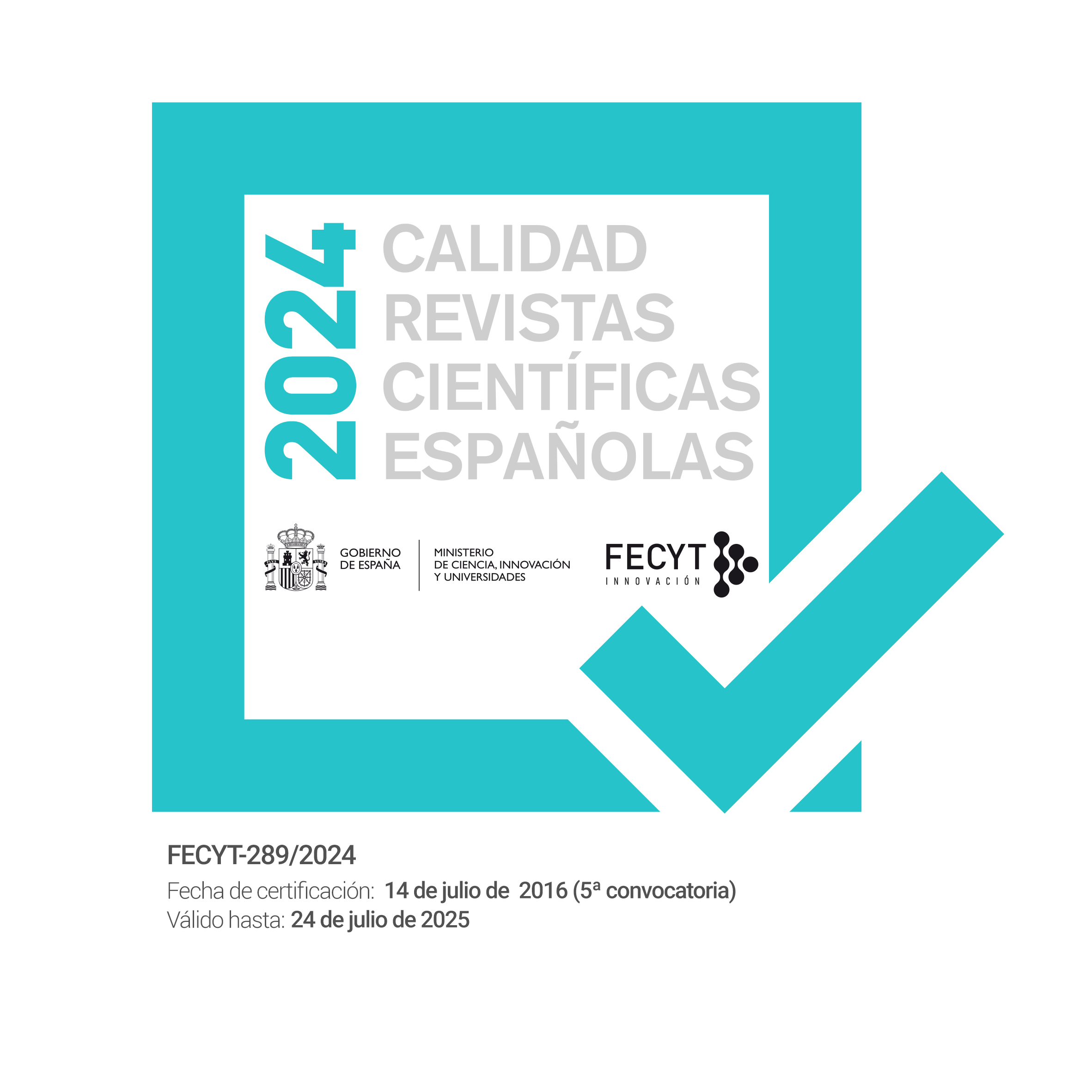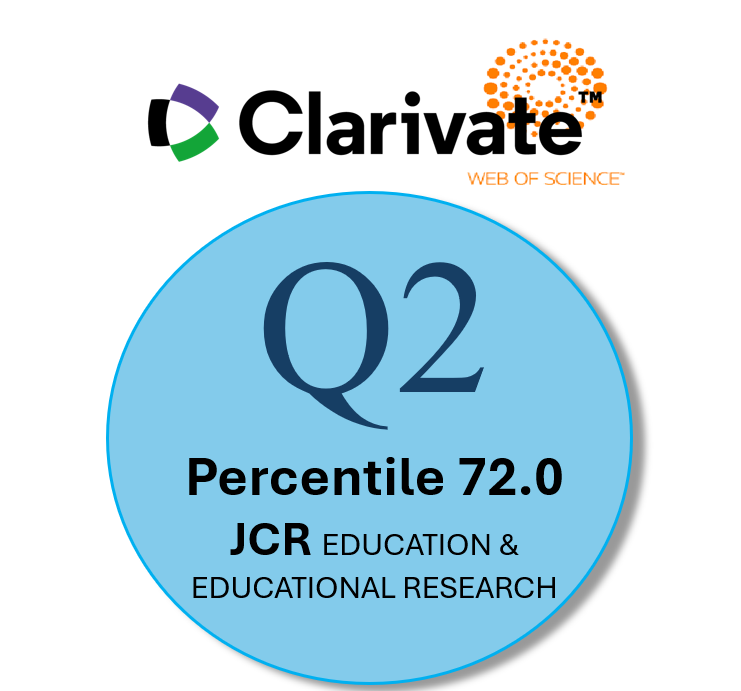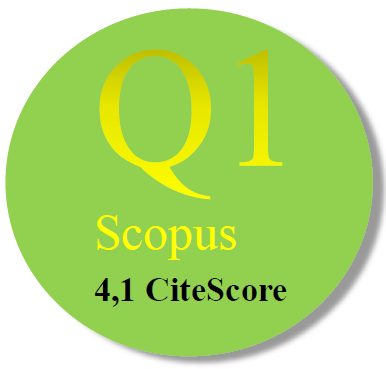Complementariness in learning trends: Classroom-based and distance
Abstract
Nowadays, learning is going through a transformation. This metamorphosis becomes indispensable before intending to get a formative complementariness; for this, we refer to the epistemic [interdisciplinary], technical-administrative [technological, normative and administrative support], and humanistic [axiological]) as well as the complementariness of learning trends. It could be mentioned that there are stages of development and link; first at an institutional level, then interinstitutional, academic nets and, finally, the stage of interinstitutional programs and international megaprojects. The principle of complemen-tariness in education is fundamental in the present context, especially in classroom-based and distance trends, since they have been frequently considered as very different or even antagonistic subsystems. Their coexistence and compatibility can be given in diverse aspects. The present article is divided into the following sections: antecedents of distance education, common concepts, principles of complementariness and, finally, conclusions.
Downloads
-
Abstract3690
-
PDF (Español (España))1345
Las obras que se publican en esta revista están sujetas a los siguientes términos:
1. El Servicio de Publicaciones de la Universidad de Murcia (la editorial) conserva los derechos patrimoniales (copyright) de las obras publicadas, y favorece y permite la reutilización de las mismas bajo la licencia de uso indicada en el punto 2.
2. Las obras se publican en la edición electrónica de la revista bajo una licencia Creative Commons Reconocimiento-NoComercial-SinObraDerivada 3.0 España (texto legal). Se pueden copiar, usar, difundir, transmitir y exponer públicamente, siempre que: i) se cite la autoría y la fuente original de su publicación (revista, editorial y URL de la obra); ii) no se usen para fines comerciales; iii) se mencione la existencia y especificaciones de esta licencia de uso.
3. Condiciones de auto-archivo. Se permite y se anima a los autores a difundir electrónicamente las versiones pre-print (versión antes de ser evaluada) y/o post-print (versión evaluada y aceptada para su publicación) de sus obras antes de su publicación, ya que favorece su circulación y difusión más temprana y con ello un posible aumento en su citación y alcance entre la comunidad académica. Color RoMEO: verde.













